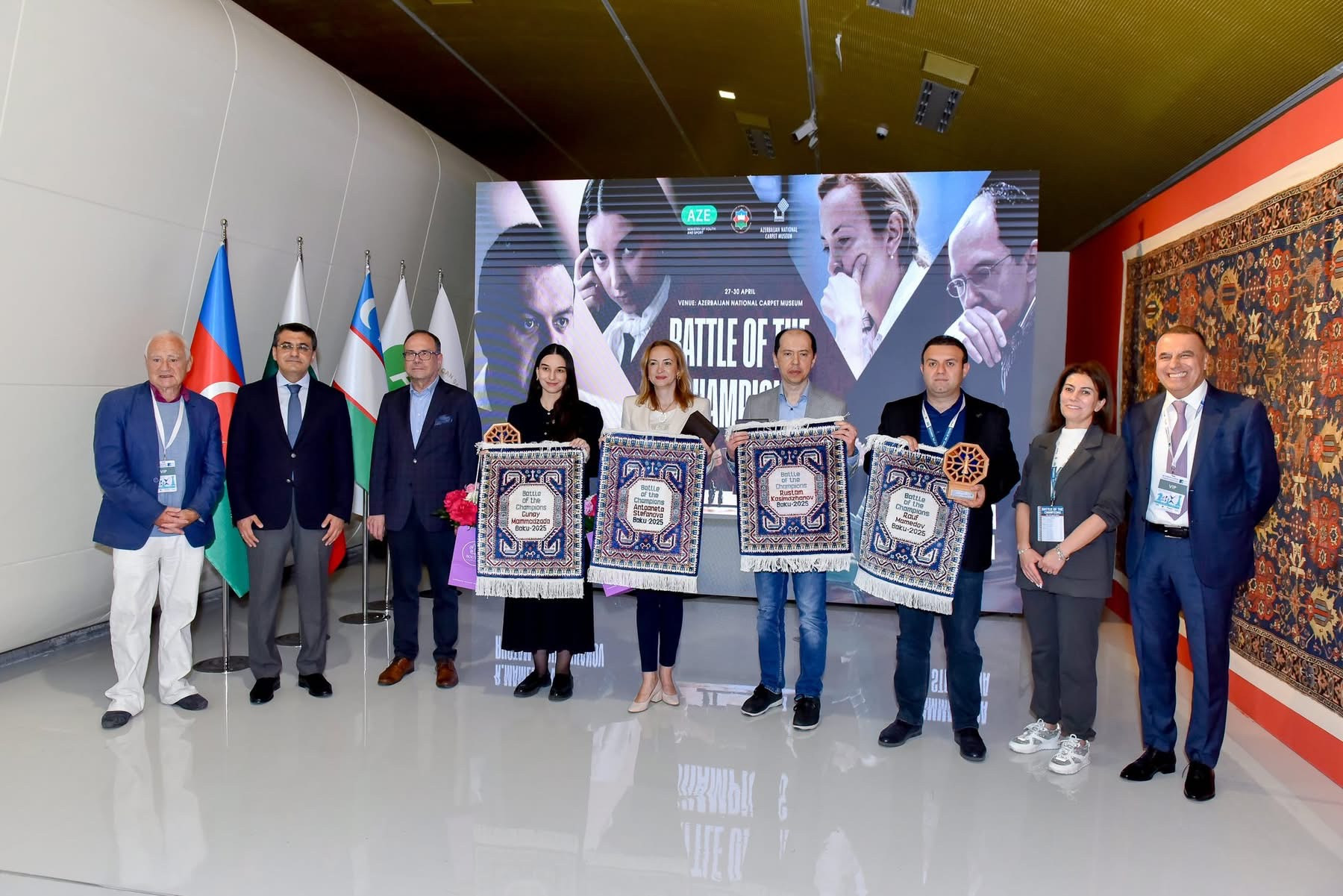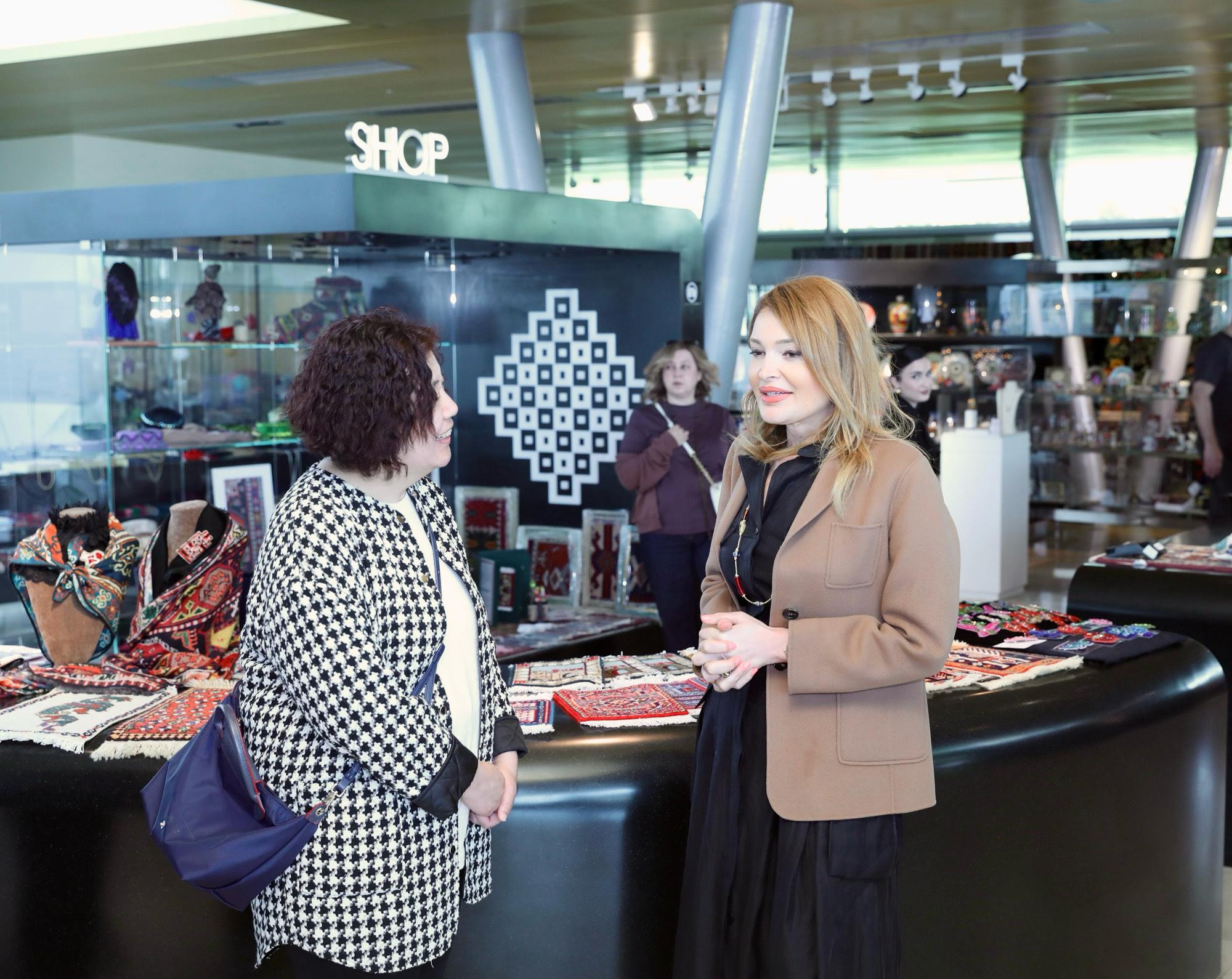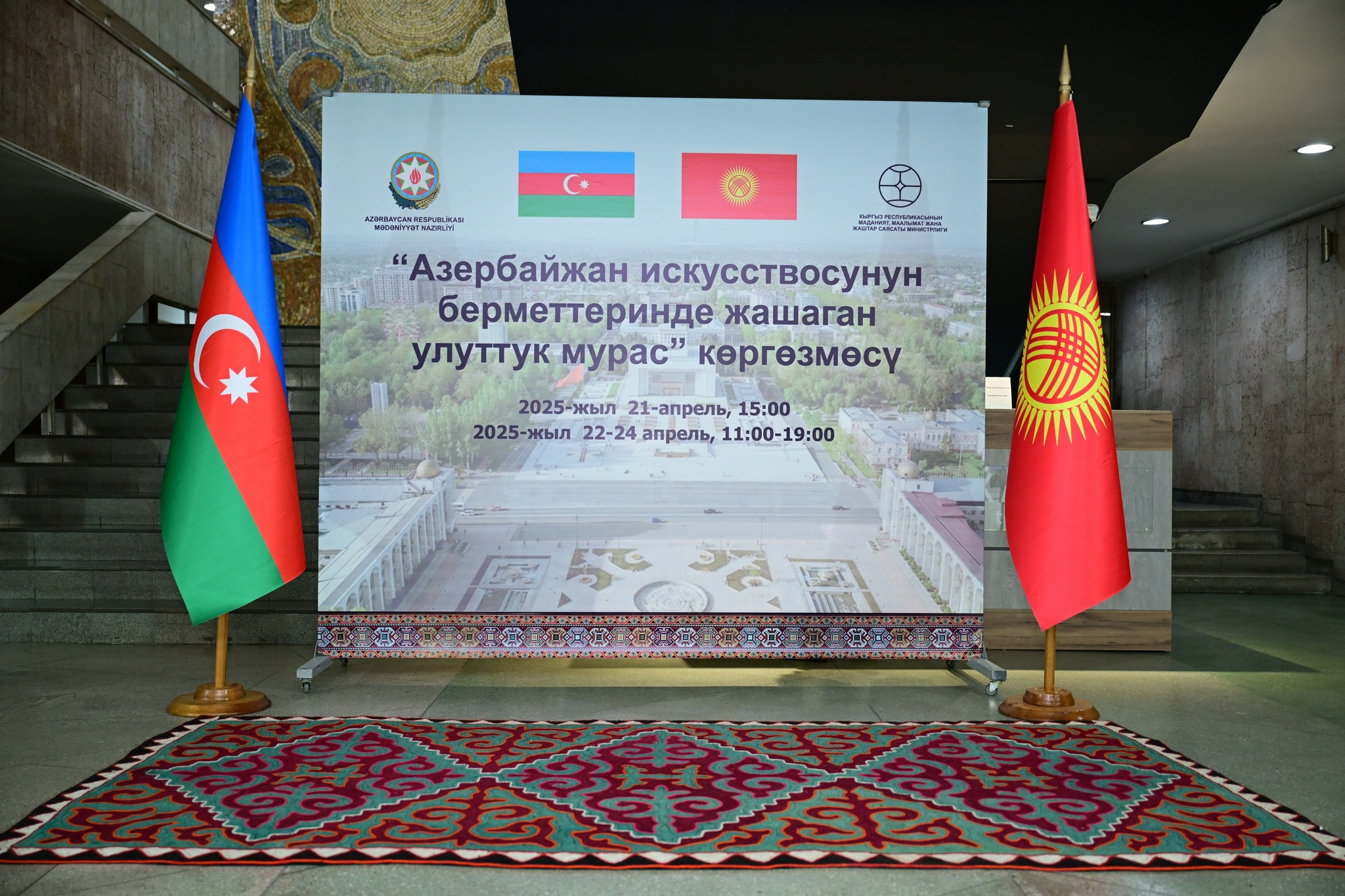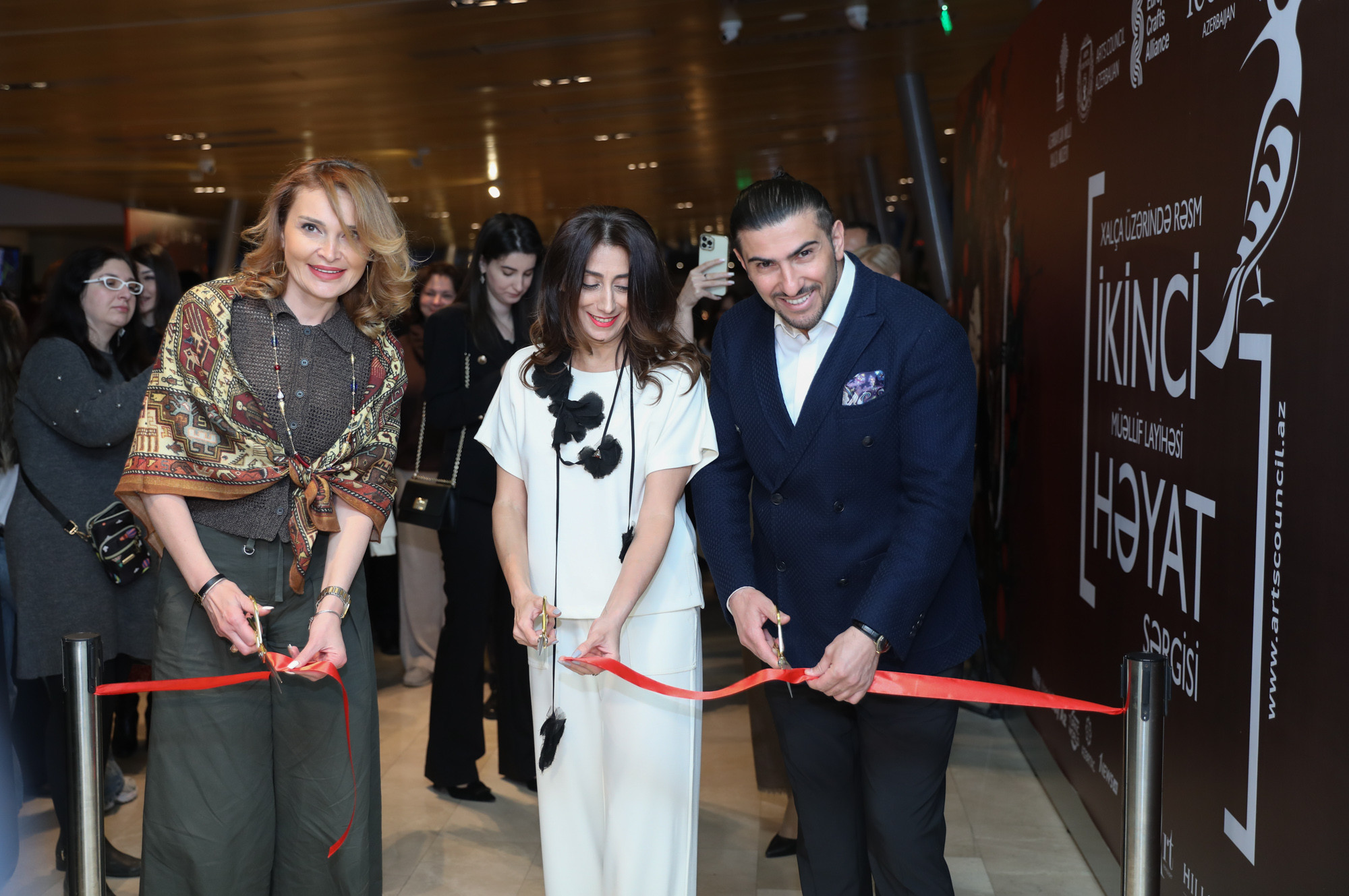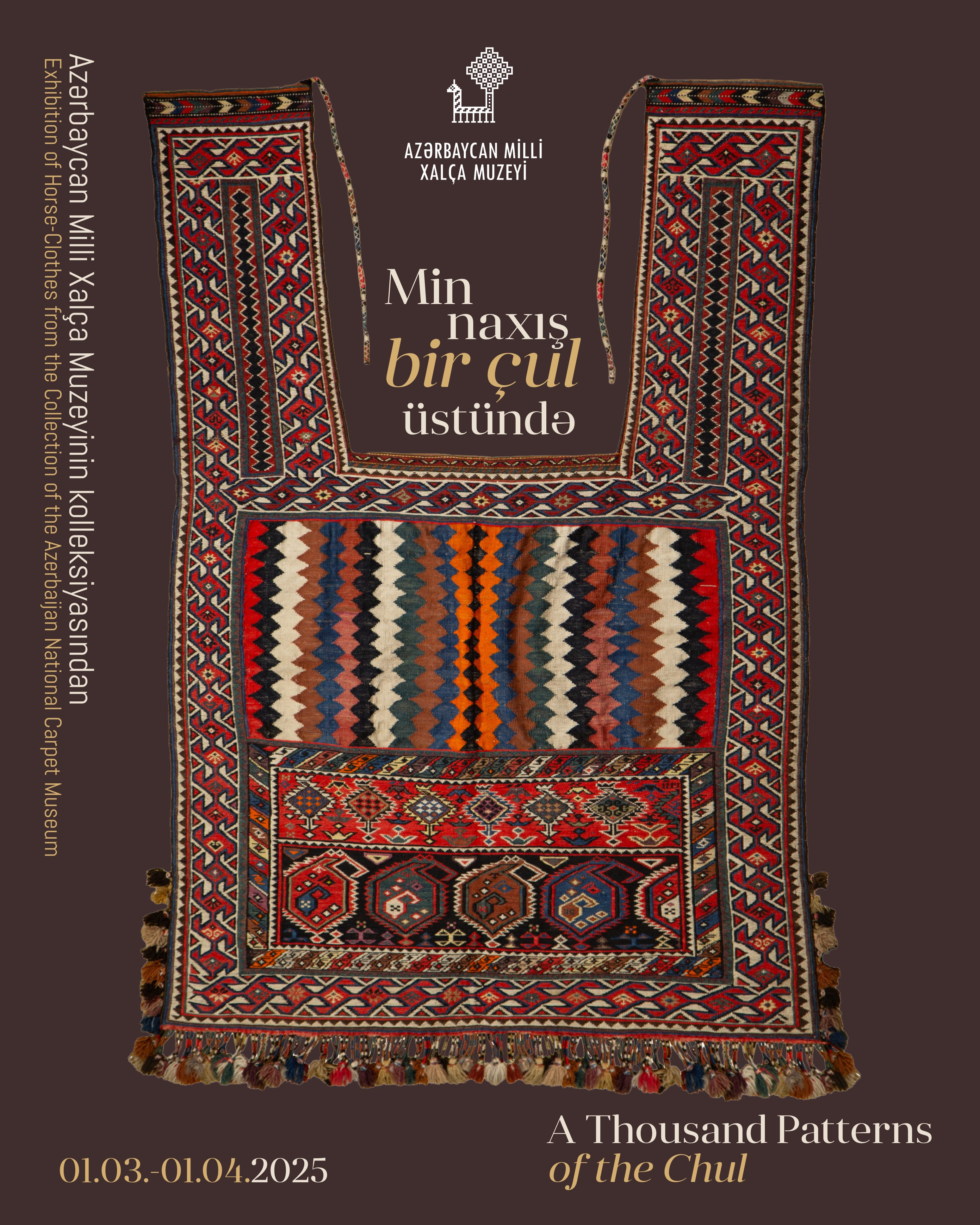Carpet Gasimushaghy
Carpet Gasimushaghy. Karabakh, Azerbaijan. 1330 AH / 1912. Warp, weft, pile – wool. 160x284 cm. Inv. No. 7798
A fascinating carpet within the museum's collection is the Gasimushagy carpet from the Jabrail carpet group of the Karabakh type. In the 19th century, the carpet weaving art was highly developed in the villages located in the territory of Gasimushaghy tribe, one of the leading production centers of Karabakh. Centuries ago, the sketch of Gasimushaghy carpets, a relic of the 17th century was first used for producing embroideries, and only a while later weavers start to use it for designing carpets. Therefore, the old carpet weavers and the local population called this carpets an embroidered gaba or an embroidered carpet.
From an artistic standpoint, the composition Gasimushaghy is considered one of the most original carpet designs. It is built under the influence of the Safavid period’s carpet weaving traditions. A central medallion and large white branches on its lower and upper parts, as well as tamgas, geometric, vegetative and zoomorphic elements represent the carpet's artistic design. A big spider image adorns the inside of the central medallion, while a stylized dragon embellishes the inside of the large white branches. It should be noted that later this dragon element was transferred to the famous Khatai (Dragon) carpets and eventually changed its original shape.

